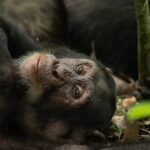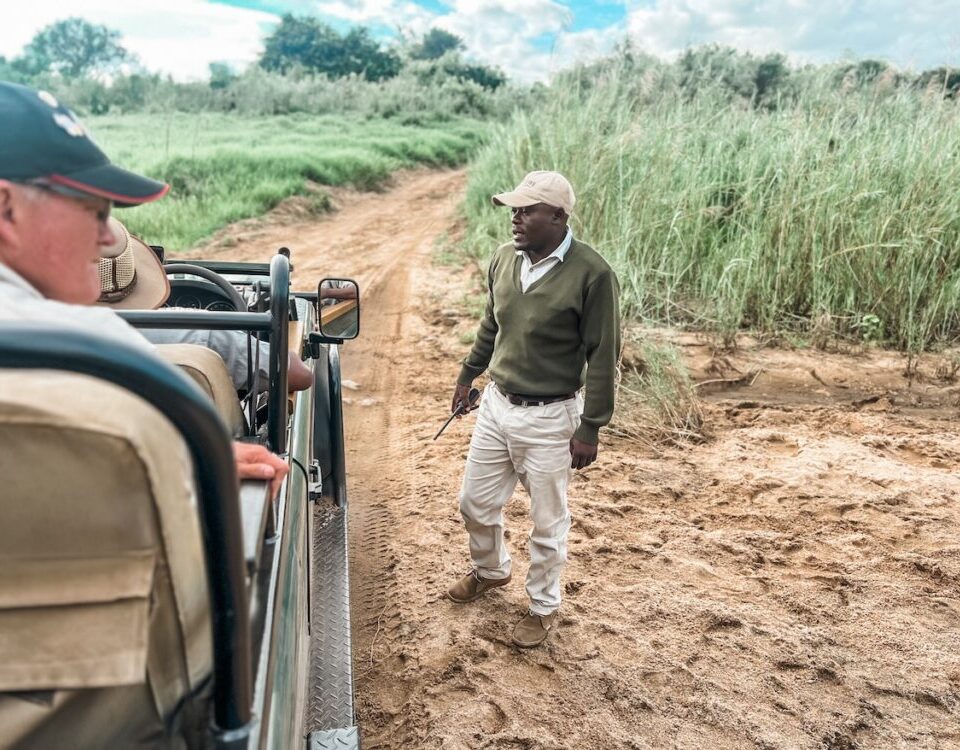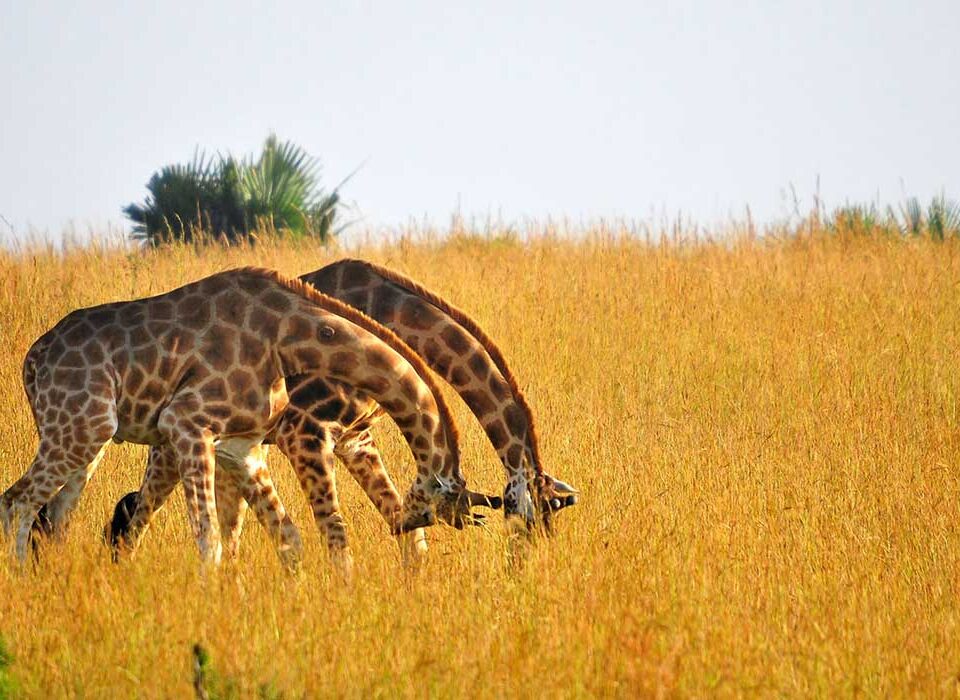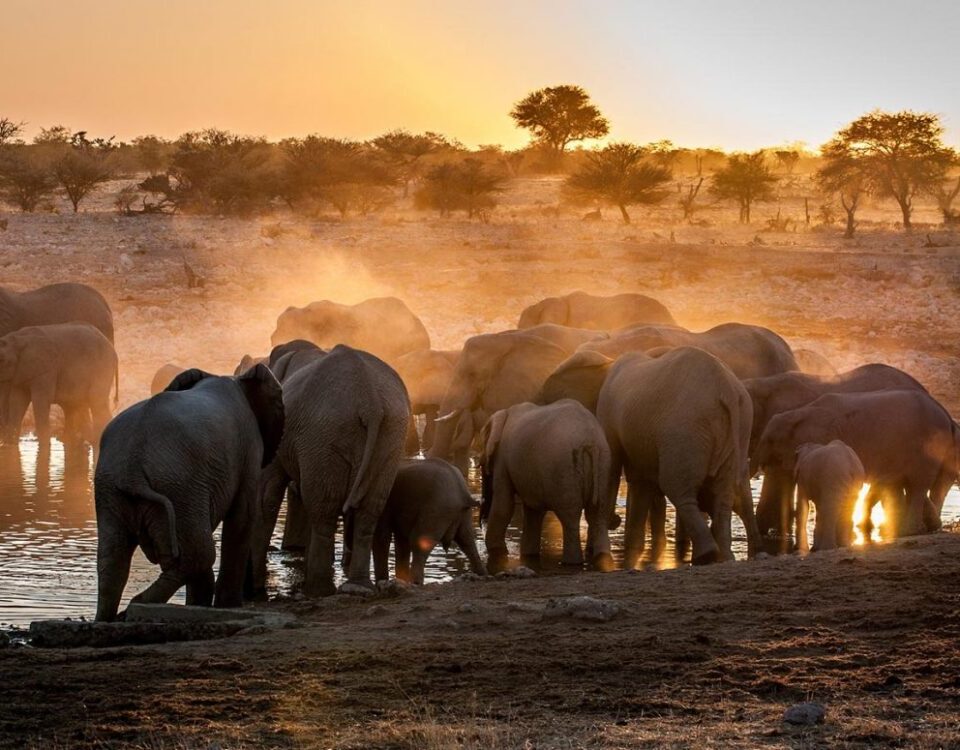
How Old Do You Have to Be to Gorilla Trek in Uganda?
July 2, 2025
What is the Lifespan of a Chimpanzee?
July 2, 2025How Long Does It Take for a Chimpanzee to Walk?
When planning an unforgettable wildlife safari in East Africa, many travelers become curious about the fascinating habits of chimpanzees, especially how long it takes for a chimpanzee to walk during trekking expeditions. This question is important for those embarking on chimpanzee tracking adventures, whether in Uganda’s lush Kibale Forest or the vibrant forests of Rwanda. At Wild Village Safaris, we often receive inquiries about chimpanzee movement patterns as these greatly influence the trekking experience, itinerary planning, and overall wildlife safari expectations.
Chimpanzee tracking offers a unique window into the lives of our closest living relatives, showcasing their intelligence, social behavior, and adaptability in forest habitats. Whether combined with Gorilla Trekking in Uganda or Rwanda Tour experiences, understanding chimpanzee movement helps visitors appreciate the dynamic nature of these primates and prepares them for the physical demands of the trek. This article explores how long chimpanzees typically walk each day, the factors influencing their pace, and how this affects your wildlife safari plans, while also integrating cultural experiences and other exciting safari activities.
Typical Daily Movement of Chimpanzees in the Wild: What to Expect on Chimpanzee Tracking
Chimpanzees are highly active animals that spend a significant part of their day walking or moving through the forest canopy in search of food, social interactions, and resting spots. On average, chimpanzees cover a distance of about 4 to 6 kilometers (approximately 2.5 to 4 miles) per day. This translates to a walking time of around 4 to 6 hours, although this can vary widely depending on environmental conditions, food availability, and social behaviors.
During chimpanzee tracking tours in Uganda safari parks such as Kibale National Park, visitors often follow the chimpanzees for several hours, moving through varied terrain including dense forest, swampy areas, and sometimes steep hillsides. The chimpanzees’ pace is not constant; they walk at a leisurely pace, stopping frequently to forage, groom each other, and rest. This natural rhythm affects the total duration of the trek and requires patience and adaptability from trekkers.
Chimpanzee tracking differs from Gorilla Trekking Rwanda or Uganda Gorilla Trekking in terms of duration and intensity. While gorilla treks might be shorter but more physically demanding due to steep mountainous terrain, chimpanzee tracking tends to be a longer walk through relatively flatter forested areas. Knowing how long chimpanzees walk daily helps wildlife safari enthusiasts prepare physically and mentally, ensuring they are ready for an engaging and comfortable experience.
Factors Affecting the Walking Duration of Chimpanzees in the Wild
Several factors influence how long it takes for chimpanzees to walk during their daily activities, impacting the trekking experience for visitors on Uganda safari or Rwanda safari adventures.
Food Availability and Foraging Behavior
Chimpanzees are primarily frugivorous, meaning their diet consists mostly of fruit, complemented by leaves, seeds, insects, and occasionally small mammals. Their daily walking distance largely depends on how abundant and dispersed their food sources are. In periods of food scarcity, chimpanzees may travel longer distances, increasing trekking times and physical demands on visitors. During fruiting seasons, they tend to cover shorter distances as food is more readily available.
Social Interactions and Group Dynamics
Chimpanzees are social animals with complex group dynamics. Their walking pace often slows down to accommodate social behaviors such as grooming, playing, or resolving conflicts. Such interactions enrich the trekking experience, offering visitors intimate glimpses into chimpanzee societies. However, it may extend the overall time spent on the trail.
Terrain and Weather Conditions
The nature of the terrain is crucial in determining walking duration. Uganda’s Kibale National Park, a popular destination for chimpanzee tracking, has a mix of rolling hills and swampy sections that can slow down movement. Weather also plays a role—heavy rains can make trails slippery and muddy, affecting both chimpanzees and trekkers.
Understanding these factors is essential for travelers wanting to combine Uganda Gorilla Trekking with chimpanzee tracking, as it helps set realistic expectations about daily trek lengths and physical exertion.
The Chimpanzee Tracking Experience in Uganda and Rwanda: A Unique Wildlife Safari Opportunity
Chimpanzee tracking is a highlight of any Uganda safari or Rwanda Tour, offering a blend of adventure, education, and close wildlife encounters. Uganda’s Kibale Forest National Park and Rwanda’s Nyungwe Forest National Park are two of the most renowned chimpanzee tracking destinations, each offering unique experiences shaped by the local ecosystem.
In Kibale Forest, chimpanzee tracking permits allow visitors to spend up to one hour observing habituated chimpanzee groups in their natural habitat. Treks can range from one to six hours depending on where the chimpanzees are located on any given day. The relatively accessible terrain and well-established trails make it a popular choice for combining with Uganda Gorilla Trekking tours.
In Rwanda, chimpanzee tracking in Nyungwe Forest provides a more challenging but rewarding experience, with the added bonus of exploring one of Africa’s oldest rainforests. Visitors here witness diverse primate species, including colobus monkeys and baboons, making it an enriching complement to Gorilla Trekking Rwanda adventures.
For travelers combining Uganda Gorilla Trekking with chimpanzee tracking, understanding how long chimpanzees walk daily can help balance the itinerary between high-energy activities and cultural experiences.
Cultural Experiences to Enrich Your Wildlife Safari
No wildlife safari is complete without experiencing the vibrant cultures of East Africa. After exhilarating chimpanzee tracking or Gorilla Trekking Rwanda excursions, visitors can immerse themselves in the rich traditions of local communities, creating a holistic safari experience.
Engaging with Indigenous Communities
Near chimpanzee tracking sites and gorilla habitats, travelers can visit indigenous communities such as the Batwa pygmies, who have lived alongside the forests for centuries. Their intimate knowledge of primates and forest ecology offers insightful perspectives on conservation and coexistence. Participating in traditional dances, learning about medicinal plants, or crafting baskets allows visitors to connect meaningfully with local cultures.
Village Tours and Cultural Performances
Uganda and Rwanda offer vibrant village tours where visitors interact with farmers, artisans, and storytellers. These experiences not only foster cultural exchange but also support community-based tourism initiatives, empowering locals economically while preserving traditions.
Combining Uganda Gorilla Trekking with cultural experiences following chimpanzee tracking offers a balanced itinerary that caters to diverse interests and age groups.
Combining Uganda Gorilla Trekking with Chimpanzee Tracking for a Comprehensive Safari
For many wildlife enthusiasts, combining Uganda Gorilla Trekking with chimpanzee tracking offers a once-in-a-lifetime safari blending two of Africa’s most iconic primate encounters. This combination enriches the wildlife safari with varied ecosystems, animal behaviors, and trekking challenges.
Uganda’s Bwindi Impenetrable Forest and Mgahinga Gorilla National Park are the premier gorilla trekking destinations, where visitors trek steep hills to observe habituated gorilla families. Following this, a visit to Kibale Forest for chimpanzee tracking offers a contrast: longer walks in denser forest, observing smaller, agile primates with different social dynamics.
This combo safari appeals to families, researchers, and adventure travelers alike, maximizing the diversity of experiences. It also opens opportunities for cultural interactions and supports conservation efforts across multiple parks.
When planning this combined itinerary, knowing how long chimpanzees walk daily is invaluable for pacing activities and ensuring a comfortable yet engaging safari.
Preparing for Your Chimpanzee Tracking and Gorilla Trekking Safari
Proper preparation enhances enjoyment and safety on any wildlife safari, especially for physically demanding activities like chimpanzee tracking and gorilla trekking.
Physical Fitness and Gear
While chimpanzees walk about 4-6 kilometers a day, trekkers should prepare for hikes that can last several hours, involving variable terrain. Good hiking boots, waterproof clothing, and lightweight backpacks are essential. Trekking poles can provide extra stability on uneven trails. Adequate hydration and snacks are also important.
Understanding Park Regulations and Permits
Both Uganda and Rwanda require permits for chimpanzee tracking and gorilla trekking, which should be booked well in advance due to limited availability. Familiarizing yourself with park rules—including maintaining safe distances, wearing masks, and limiting contact time—helps preserve wildlife health and ensures a responsible safari.
Wild Village Safaris offers expert guidance on securing permits, arranging transfers, and tailoring itineraries that combine chimpanzee tracking with Uganda Gorilla Trekking or Rwanda Tours, ensuring a seamless experience.
Conclusion: Embracing the Adventure of Chimpanzee Tracking and Gorilla Trekking in Uganda and Rwanda
So, how long does it take for a chimpanzee to walk? On average, chimpanzees cover about 4 to 6 kilometers daily, moving leisurely through forests as they forage and socialize. This natural rhythm shapes the trekking experience on Uganda safari and Rwanda safari adventures, influencing the duration and physical demands of chimpanzee tracking. When combined with Uganda Gorilla Trekking, this offers a multi-layered wildlife safari rich in biodiversity and cultural insights.
At Wild Village Safaris, we believe understanding these details empowers travelers to plan responsibly, enjoy fully, and support conservation efforts. Whether you are seeking to witness the majestic mountain gorillas or the playful chimpanzees, your journey will be enriched by the vibrant local cultures and the breathtaking landscapes of East Africa.
Book your next Uganda Gorilla Trekking or Rwanda Tour with us, and let’s explore the fascinating world of chimpanzees together, respecting their pace and preserving their habitat for generations to come.




